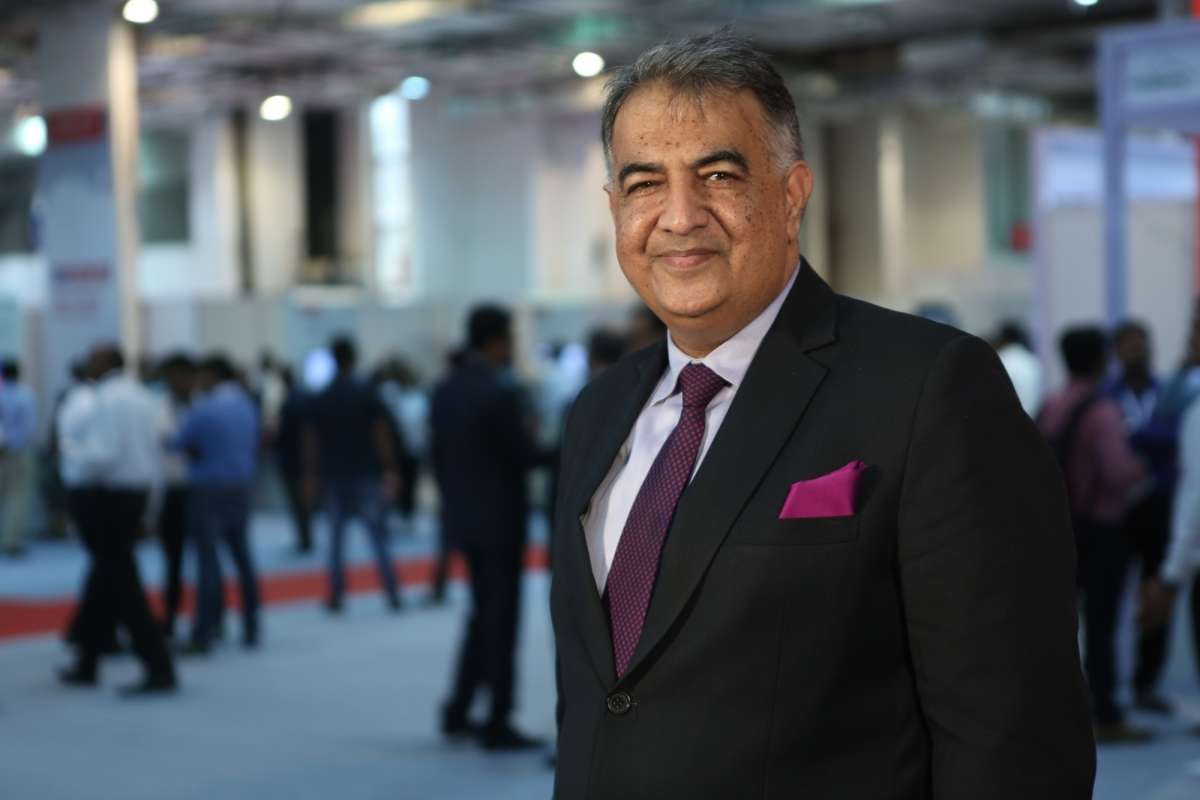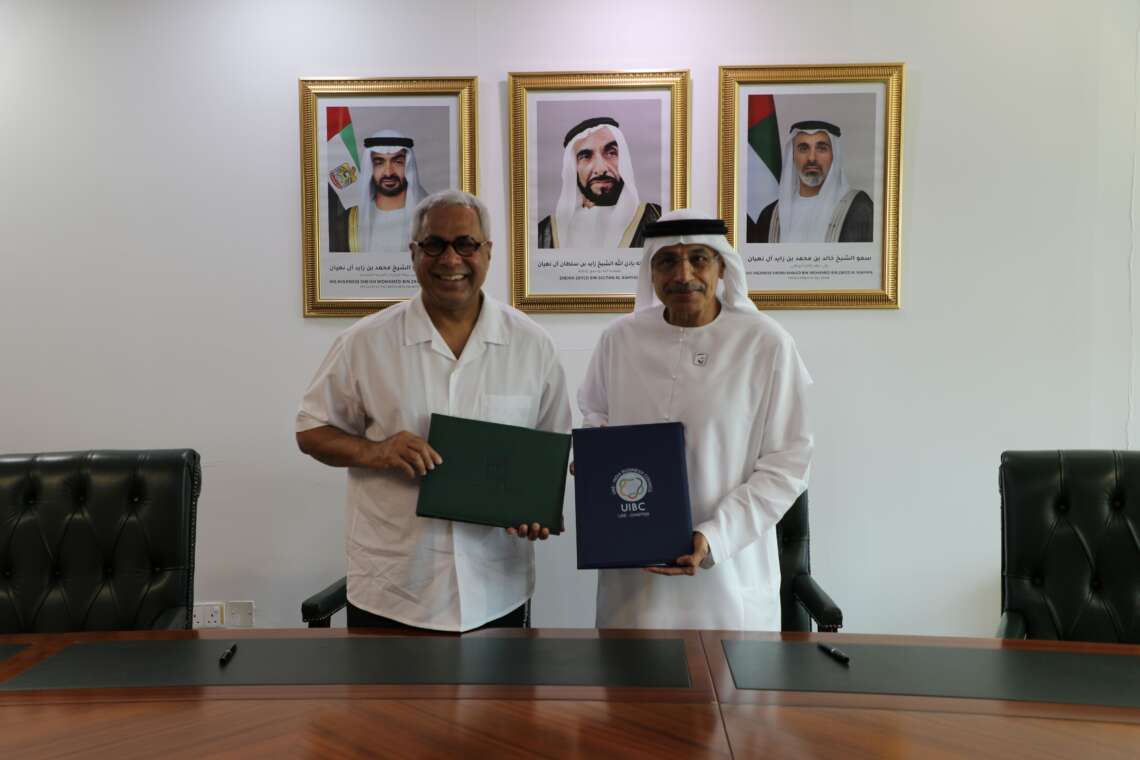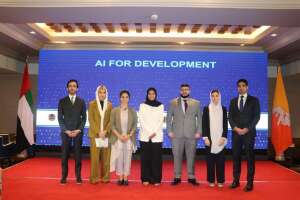According to Nasscom, 53 per cent of enterprises have increased their cloud adoption over the last one year …reports Nishant Arora
As Cloud gets mainstream, Indian organisations of all sizes will increasingly demand in coming years that various cloud solution providers operate with one another-be it a multi-cloud or hybrid cloud environment, a top Oracle executive said on Wednesday.
Shailender Kumar, Senior Vice President and Regional Managing Director India and NetSuite JAPAC, told IANS that in India’s ‘Techade,’ businesses and workloads are becoming more complex and the way technology is utilised is changing at a rapid pace.
“As agility, scalability and optimisation remain top business priorities among customers, the efficacy and demand for multiple clouds will only expand. There is tremendous opportunity for Cloud in India. the market is rapidly expanding and both private and public sector stakeholders are becoming more open to embracing new, emerging technologies,” Kumar, an industry veteran, emphasised.
According to Nasscom, 53 per cent of enterprises have increased their cloud adoption over the last one year and 84 per cent of large organisations have adopted software-as-a-service (SaaS).
“In the coming years, organisations will increasingly demand that their various cloud solution providers operate with each other, whether it is a multi-cloud or hybrid cloud environment – so they can achieve operational efficiency and provide the best customer service,” Kumar noted.
Oracle India continues to be a significant growth engine for the third year in a row, with the Oracle Cloud Infrastructure (OCI) unit growing by more than 100 per cent.
“Our SaaS business grew rapidly, and the portfolio remains in high demand across Fusion ERP, HCM, or CX solutions. We are closing ground-breaking deals and making inroads into new industries,” Kumar told IANS.
The company sees enormous opportunities in dominant sectors like telecom, public sector and BFSI sectors.
However, new sectors like manufacturing, e-commerce/retail, healthcare, edtech and startups are also providing a great impetus.
“We will continue to prioritise innovation that provides business value to our customers, as we focus on multi-cloud, hybrid cloud ecosystems, and new, modern applications to bring cloud to more and more businesses in India, including PSUs and companies operating in regulatory markets,” said Kumar.
The future is multi-cloud as customers require flexibility and want hyperscalers to collaborate and build well-integrated cloud ecosystems, he added.













